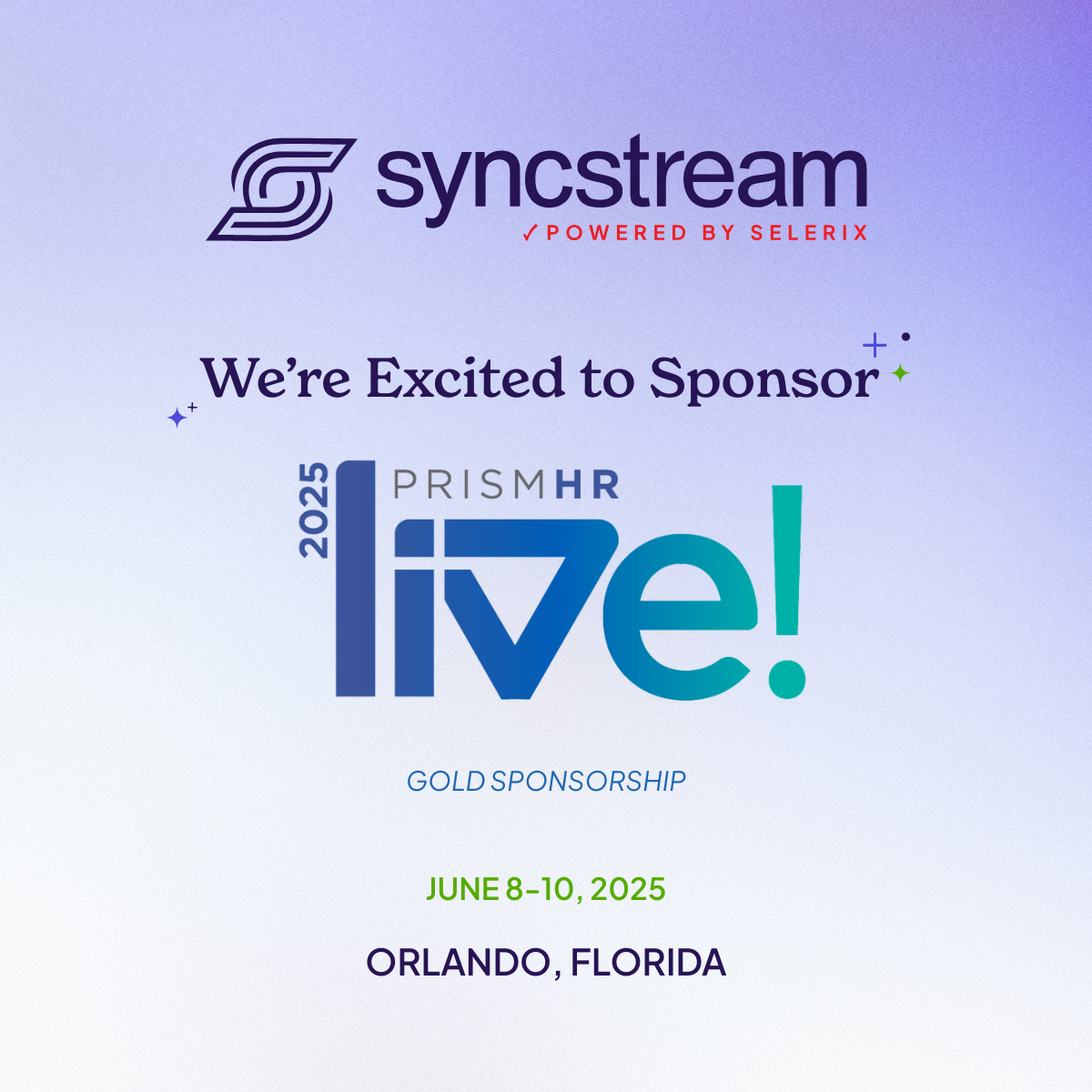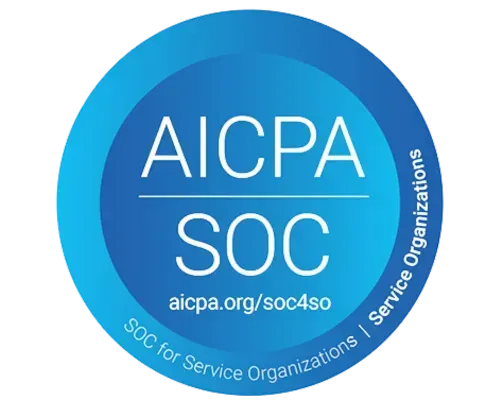Affordable Care Act Terminology 101 | Understanding Basic ACA Terms

One wrong number. One overlooked definition. That’s all it takes to trigger a 226-J letter and with it, thousands (or hundreds of thousands) in IRS penalties.
If you’ve ever found yourself squinting at ACA terms that read more like acronym soup than common sense, you’re not alone. For many employers, keeping up with the Affordable Care Act still feels like navigating a maze — one lined with confusing terms, shifting standards, and high-stakes consequences. The frustration is real. So is the risk.
ACA reportign has been in effect for nearly 10 years, yet some of its most common terms are still widely misunderstood. And when definitions like “full-time” or “affordable” are misinterpreted, the result isn’t honest confusion — it’s non-compliance, and hefty fines.
It is the employer’s responsibility to report their offers of coverage to the IRS or face penalties and employers are finding it cumbersome to being well-informed on the ever changing terms and laws of the ACA. And that can be a lot of pressure if you’re still not sure you have a handle on the latest regulations.
In this post, we’ll try to help you get that handle, by breaking down the most misused and misinterpreted ACA terms. This list won’t try to cover every nuance of the law, but it will give you the clarity you need to stay compliant, avoid penalties, and stay on the right side of compliance.
That Term May Not Mean What You Think It Means
To paraphrase the memorable words of Inigo Montoya in The Princess Bride, “You keep using that healthcare term. I do not think it means what you think it means.” As inconceivable as it might seem, a lot of very common terms we use all the time in HR and workforce management don’t always mean the same thing in ACA terms.
Here are a couple of big ones:
1. Full-Time
“The job is yours! Can you start full time, next week?”
Before the ACA, “full-time” could mean whatever your handbook said it meant. Very often this was a 40 hour work week, but you could define it as 37.5, or even 32 hours. But since 2015, the IRS has said otherwise: anyone averaging 30 hours per week or 130 hours per month is now considered full-time under the ACA.
That redefinition also comes with a responsibility: employers must track hours accurately for all employees. Miss that, and you could be misclassifying workers, under-report offers of coverage, and open yourself up to fines.
2. Full Benefits
“I got the job — and it comes with full benefits!”
To most employees, full benefits sound like a big win. But in the world of ACA compliance, not all “benefits” are created equal.
Unfortunately, not everyone has the same understanding of what “full” healthcare coverage merans. To the IRS, the qualifying health coverage that an employer needs to provide to avoid penalties is a Minimum Essential Coverage plan (see below). Moreover, to fully avoiud penalties, the plan must also provide "minimun value". Plans that provide minimum value inlcude major medical plans and individual coverage health reimbursement arrangements (ICHRAs).
Here’s where many employers get tripped up: dental, vision, and other ancillary coverage don’t count toward ACA compliance. They’re great additions for attracting and keeping employees. but they don’t satisfy the legal definition of a “full” health plan.
ACA-compliant health plans must offer:
1. Minimum Essential Coverage (MEC): Abiding by the ACA requirements,a MEC policy must cover, at minimum, the ACA-recommended preventive care services.
2.
Minimum Value (MV):
The plan must also cover at least 60% of total allowed medical expenses.
3. Affordability: The plan must meet IRS affordability standards based on income and plan cost. Not all coverage that feels affordable meets the ACA’s definition of affordability. Some plans pass the cost onto employees in ways that aren’t obvious until it’s too late — leaving workers with surprise bills and employers exposed to compliance risk.
To meet the ACA’s affordability requirement, the employee’s share of the premium for self-only coverage — not family coverage — must fall below a set percentage of their income (this changes year to year).
The IRS provides three safe harbors for calculating this number, but the key is this: If the plan doesn’t meet the affordability threshold, and an employee gets subsidized coverage through the Marketplace, the employer can face penalties.
That’s why it’s critical to go beyond the sticker price and understand how your plans stack up against ACA rules. If employees can’t afford the coverage you’re offering — by the IRS’s definition — you’re at risk of triggering a 226-J letter.
Unless your health plan meets these three ACA thresholds, it may not protect you from penalties — or provide employees the coverage they think they’re getting. Employers who don’t know the difference risk non-compliance and employee dissatisfaction — two problems no one wants at open enrollment or tax season.
ACA Terms Born from the Law (and Why They Matter)
The ACA didn’t just change the definitions of familiar terms it introduced a whole new set of acronyms and compliance checkpoints that employers must now navigate. These next few are especially critical to understand if you want to avoid costly errors.
1. 226-J Letter
This is the letter no employer wants to see.
A 226-J notice is how the IRS tells you there’s been a problem with your ACA reporting — or that one of your employees received subsidized coverage through the Marketplace, triggering a potential penalty for your organization. These letters outline the penalty amount and give you a short window to respond. And they’re not rare — more and more employers receive them each year, especially as ACA enforcement ramps up.
If you're not confident in your ACA filings or reporting accuracy, now’s the time to get proactive—because once the 226-J arrives, you’re already in damage control mode.
2. Employer Mandate
The Employer Mandate is the core of ACA compliance. It’s the set of requirements that large employers must meet to avoid penalties. These including.
- Tracking employee hours to determine full-time status
- Calculations for affordability of plans , and offering coverage that meets minimum essential coverage, minimum value, and affordability standards
- Monthly updates of codes and employee contribution of benefits to populate the 1095-C and 1094-C forms.
- Completing and distributing a 1095-C for each employee by the deadlines mandated (typically March 2nd)
- Filing an employer’s 1094-C electronically with the IRS by March 31
Miss any of these steps, and you’re vulnerable to penalties — even if your intentions were good.
3. Applicable Large Employer (ALE)
This is the threshold that determines whether you’re subject to the Employer Mandate. An Applicable Large Employer is any business that employs 50 or more full-time equivalent (FTE) employees, on average, during the previous calendar year. This includes not only full-time staff but part-time employees whose combined hours equate to additional FTEs.
Think you’re under the limit? Make sure you’re running the numbers correctly many small-to-midsize businesses mistakenly assume they’re exempt when they’re not.
4. Breaks in Service
This one catches a lot of employers off guard. Under ACA rules, if an employee leaves and comes back within 13 weeks, they must be treated as a continuing employee for benefits purposes — not a brand-new hire. That means you can’t reset their eligibility clock.
This rule was designed to prevent employers from gaming the system by cycling employees on and off the books to avoid offering benefits. If you rehire workers often — especially in industries like retail, seasonal, or healthcare — understanding this rule is essential.
5. The Marketplace
Often called the Exchange, the Marketplace is where individuals can shop for health insurance that meets ACA standards — especially if their employer doesn’t offer compliant coverage.
But here’s the catch: If one of your full-time employees buys coverage on the Marketplace and qualifies for a subsidy, that triggers a potential penalty for you—unless you offered them affordable, ACA-compliant coverage and they declined it. That’s why accurate tracking, eligibility management, and documentation are so important. The Marketplace is a safety net for employees — but it’s also a compliance tripwire for employers who don’t have their house in order. Be sure your company isn’t one who trips over it.
You Don’t Have to Navigate ACA Compliance Alone
Need help untangling your ACA strategy? That’s where Selerix comes in.
Whether you’re trying to decode the latest terminology, avoid a 226-J letter, or just stay on top of your reporting obligations, clarity is your best defense. When you understand what these terms really mean — and how they impact your business—you’re better equipped to stay compliant and protect your bottom line.
At Selerix, our Syncstream teamspecializes in making healthcare compliance manageable. Our platform combines powerful automation with expert guidance to help you track eligibility, generate and file required forms, and stay ahead of deadlines—without the stress. And when questions come up? You’ll have real people (who really know their stuff) ready to help.
ACA compliance is complex. But with Selerix, you don’t have to go it alone.
Learn more about our healthcare compliance solutions and how we support HR and benefits teams every step of the way.
Be sure to join our webinar – ACA for Dummies: Back to the Basics of ACA Reporting for 2025 – to learn more about this important topic. This session will provide a beginner-friendly approach that revisits the fundamentals of ACA reporting. Whether you're new to ACA, seeking a refresher, or feeling bewildered by the ever-changing regulations, this webinar is tailored just for you!





